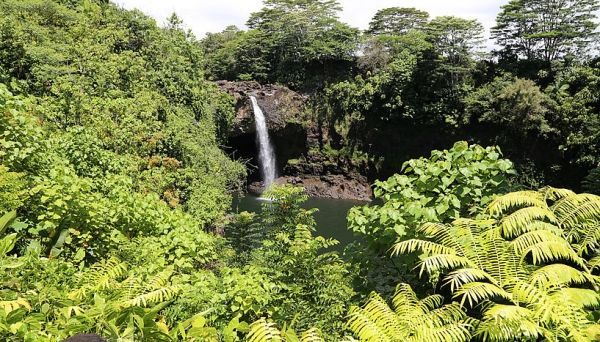Numbers of native species on islands decrease with greater remoteness, while numbers of non-native species increase. This surprising finding has been uncovered by an international research team led by Dietmar Moser, Bernd Lenzner and Franz Essl from the Department of Botany and Biodiversity Research of the University of Vienna. The study has been published in the prestigious scientific journal "Proceedings of the National Academy of Sciences of the U.S.A". These findings have important implications for our understanding global biodiversity.
It is widely accepted that island floras and faunas suffer from the introduction of non-native species, with almost every third extinction event on islands being directly or indirectly related to non-native species. Since many native island species are endemic – meaning they are exclusively present on "their own" island and found nowhere else on Earth – the introduction of non-native species poses an imminent threat to global biodiversity. To understand why some islands are more strongly affected than others by non-native species, the team analyzed the effect of a number of influencing factors on the number of native and non-native mammals, reptiles, ants, birds and plants on 257 subtropical and tropical islands. The results confirm the existence of long-suspected relationships, for example between the size of an island and the number of native and non-native species present. However, Dietmar Moser explains: "What really surprised us was to see that the isolation of an island – its distance from the mainland – had opposite effects on native and non-native species richness. Native species declined whereas non-native species numbers increased with isolation".
Continue reading at University of Vienna
Image via Holger Kreft, University of Vienna


